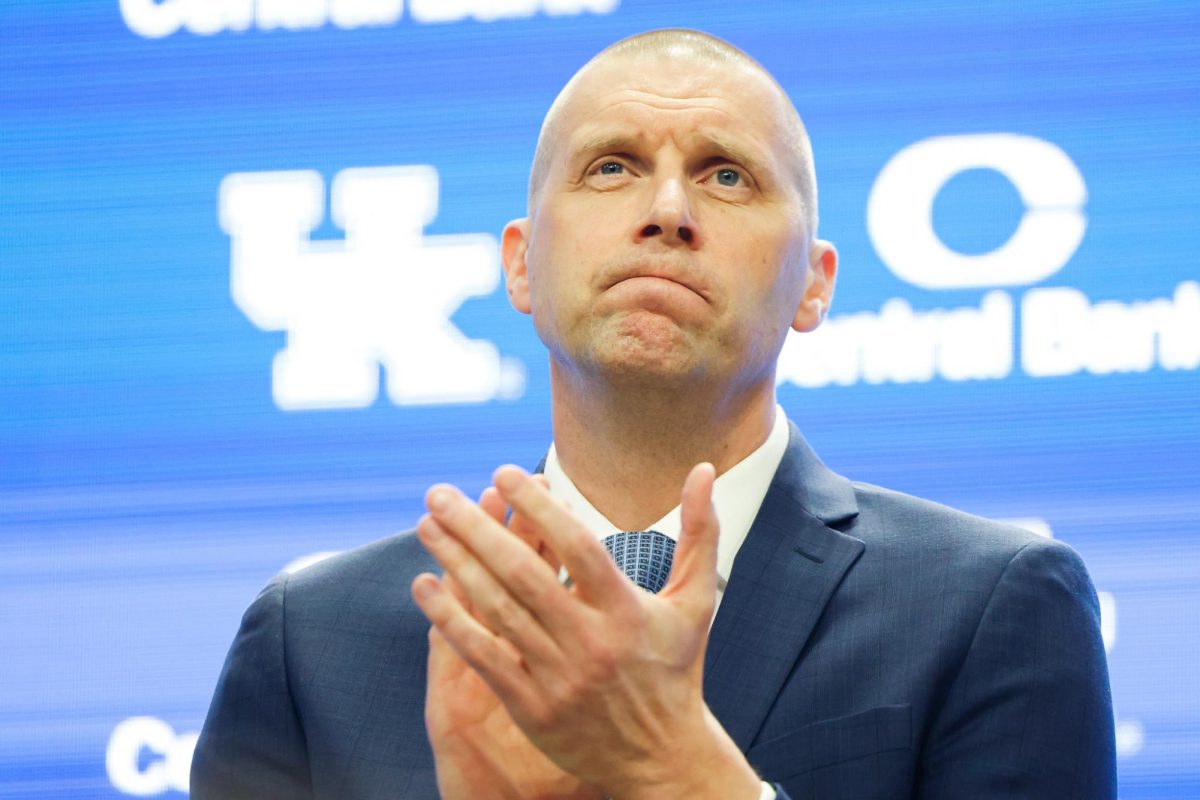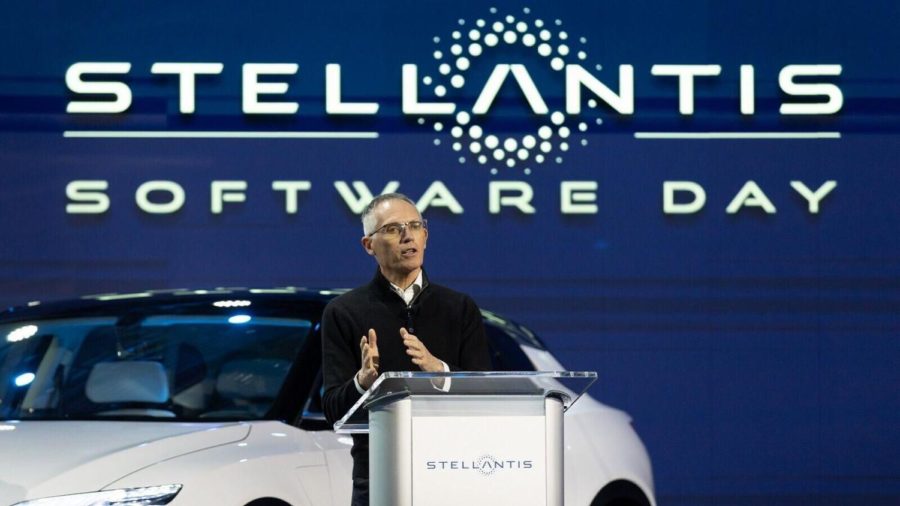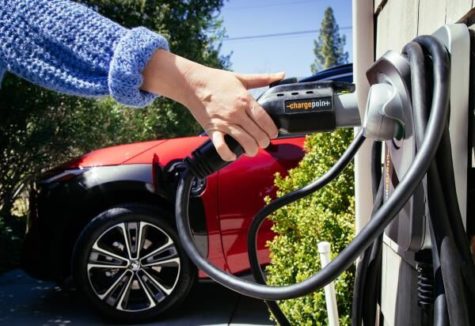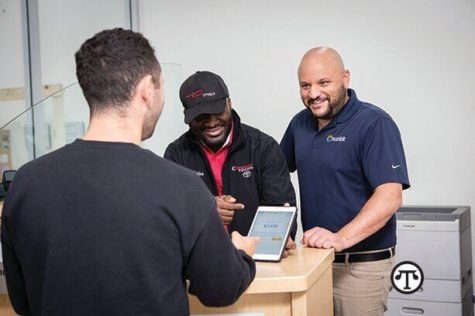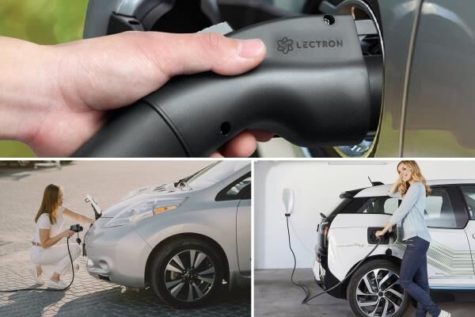Stellantis Plans $33B Software Investment
During a presentation at Stellantis Software Day, company CEO Carlos Tavares discussed the automaker’s plans to deploy next-generation tech platforms and build on existing connected vehicle capabilities to transform how customers interact with their vehicles. (Stellantis)
December 7, 2021
The plan is an ambitious one, but not an unfamiliar one. As automakers worldwide from Audi to Volvo race to develop software-based connected vehicles that can offer a vast array of in-car products and subscriptions to drivers and passengers, Stellantis has announced its strategy within this realm.
The global auto giant will invest over $33 billion into software and electrification over the next four years to monetize its fleet of vehicles spanning its 14 separate car brands. The company estimates high-margin subscription revenues from car owners to generate over $22 billion annually by 2030.
Stellantis will assemble a team of 4,500 software engineers and programmers by 2024—including retraining 1,000 in-house employees—to put over 34 million new fully connected vehicles on roads across the globe by the end of the decade. That figure nearly triples the number of connected cars the company currently has that offer some form of on-demand subscription service.
The end goal is to make new products and capabilities accessible to car owners, including but not limited to entertainment, communications, telematics, and vehicle performance upgrade features, such as hands-free driving. To accomplish this, Stellantis has forged strategic partnerships with BMW, Foxconn, and Google corporate cousin, Waymo, to develop three AI-powered technology platforms: STLA Brain, STLA Smart Cockpit, and STLA AutoDrive. The three platforms integrate to support connected car features, autonomous technology, and electric mobility solutions.
STLA Brain is the underlying electrical architecture that allows a vehicle’s computer to speak directly with the electronic control units (ECUs) throughout the car using a high-speed data bus. It will enable software upgrades via over-the-air updates for the various vehicle systems. STLA Smart Cockpit, developed in conjunction with Foxconn, is a secondary platform that manages software applications for displays, services, and subscriptions. Lastly, STLA AutoDrive is autonomous technology developed with BMW (Levels 2 and 3) and Waymo (Levels 4 and 4+).
Launching in 2024, all three platforms will be deployed, at scale, across four new electric vehicle platforms to provide a 360-degree technology offering. “Our electrification and software strategies will support the shift to become a sustainable mobility tech company to lead the pack, leveraging the associated business growth with over-the-air features and services and delivering the best experience to our customers,” said Carlos Tavares, Stellantis CEO.
From a timing and technology standpoint, Stellantis’ software strategy aligns with the company’s vehicle electrification plans. In July 2021, Stellantis announced that more than 70 percent of its sales in Europe and more than 40 percent of its sales in the United States will be low-emission vehicles by 2030.


















































